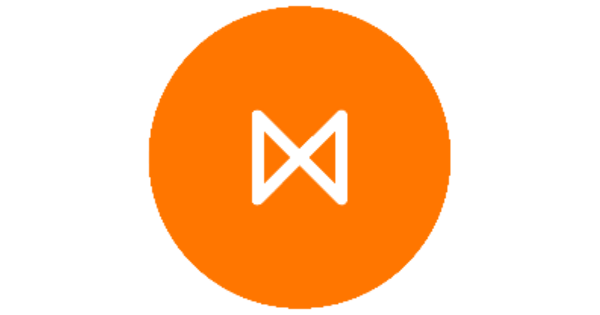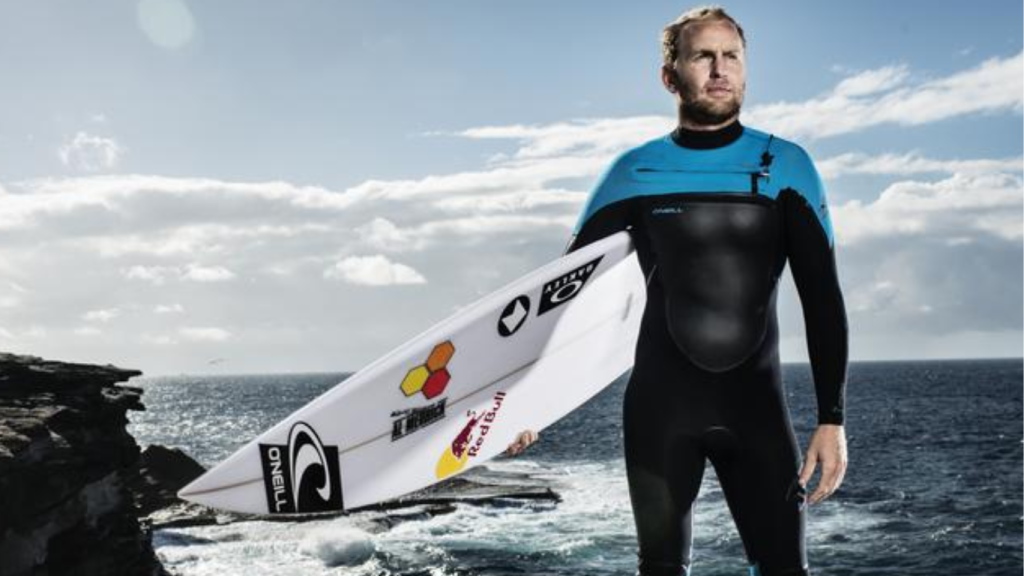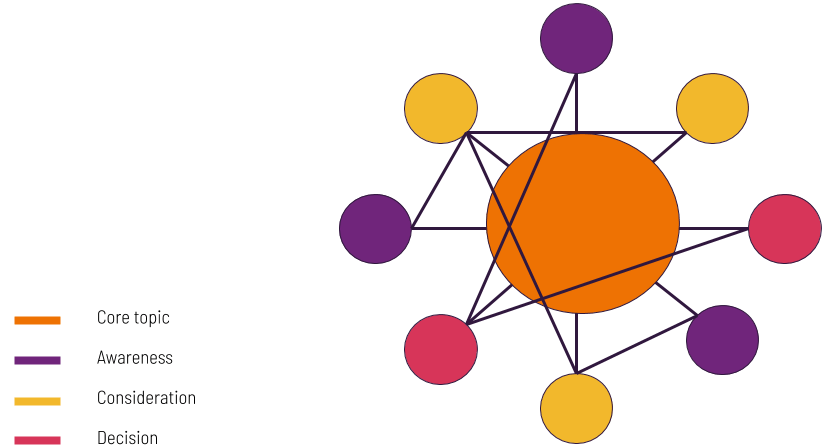Most people know that comfort zones are some of the worst traps. But how exactly do you get out of that trap, face fear head, and find new opportunities? Find out that answer and more in this episode of Forward Thinking.
In this episode, Brendan Hill talks with a special guest who has something a bit different to offer our SME marketers and businesses. Our guest is pro surfing legend, Mark Mathews.
Mark has made a living achieving the unfathomable: crossing the intersection of danger and excitement. He knows all too well the crippling grasp of fear.
While in Tasmania, fifteen feet in front of a cliff in cold, shark-infested waters, Mark hit a reef and instantly blacked out. Terror engulfed every inch of his being. Neck braced and hospital-ridden, he didn’t know if he could ever surf again. At that moment, Mark made a decision never to allow fear to overpower him again.
With his presentation business ” Life Beyond Fear” has him deconstructing, fine-tuning, and personalizing emotional resilience techniques to successfully strengthen one’s mindset and sustain long-term performance.
These techniques have helped him win an unprecedented three consecutive Oakley Big Wave Awards and cement him as one of the best big wave surfers in the world.

In this episode you will learn:

- How Mark overcomes the fear of surfing 50-foot waves and how you can apply these techniques to areas of your business
- How to get out of your comfort zone to get the experience you need to create that new comfort zone where new opportunities lie
- How to build a personal brand
- How Mark became a world-class keynote speaker when he couldn’t even speak in front of a room of people at the beginning
- Advantages of keeping your pitches raw and unpolished
- How to make your business more authentic and attract customers
- Why having a high level of authenticity in every aspect of your business increases your chances of success
- How to improve your presentation skills
- Why you need to have a plan in place for all business scenarios
- The powerful moment that changed Mark’s mindset after being told by doctors that he’d never surf again
- The importance of building your own audience
- How studying standup comedy can make you a better public speaker
Resources Mentioned:
- Mark’s Instagram Account
- Red Bull Cape Fear (see Mark @ 48 seconds)
- Pragmatic Thinking
- Upwork
- LinkedIn Helper
- Masterclass
Quotes:
- “When you push yourself through that fear and anxiety, usually the experience, feeling, result, or success on the other side feels like that Holy Grail. You get that intrinsic reward and the external rewards that make it feel like a Holy Grail – like life’s worth living”
- “Talk to your audience like you’re talking to one person, like you’re talking to a friend, and carry that tone”
- “Match it to how you would just speak to a close friend because you speak to your closest friends with the most authenticity”
- “When you build your own audience you become like a small marketing agency yourself”
- “There will be people that enjoy watching you do what you do. That’s my model. Just stick to what you like. It’s too tiring trying to be someone that you’re not”
What Business would you build on Mars?
“It would have to be indoor wave pools. And surfing sells itself. All you got to do is offer a few free surf lessons and when people experience that feeling, what else is there going to be to do on Mars than ride a few waves? It will sell itself.”Get in touch with Mark:
- markmathews.com
- Mark on Instagram
- Mark on LinkedIn
Transcript










